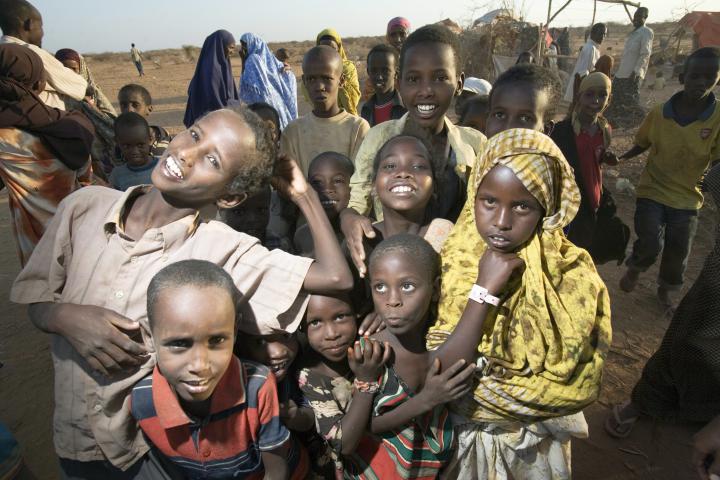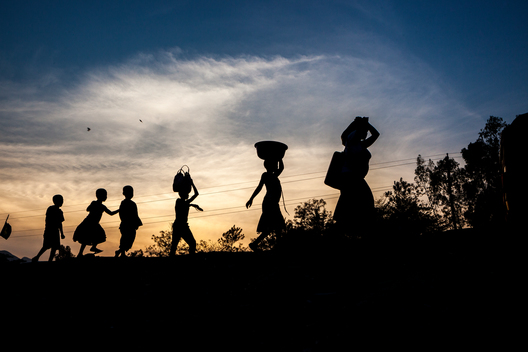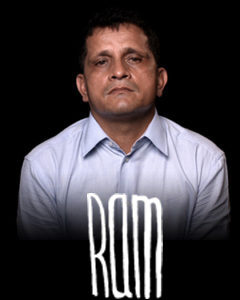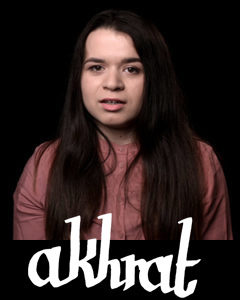Disasters & Conflicts: Ethiopia. Civil war, 1974-1991
After Emperor Haile Selassie is deposed in 1974, a period of death and destruction rages under the brutal dictator Mengistu.
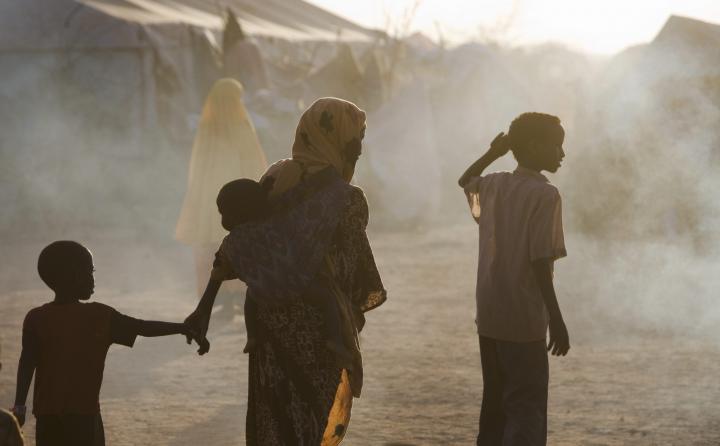
Ethiopia. Civil war, 1974-1991
Country: Ethiopia
Period: Civil war from 1974 to 1991, border conflict with Eritrea from 1998 to 2000
Type of conflict: Political and ethnic conflicts
Conflict: Various ethnic groups battle for power and control. Drought exacerbates the situation in parts of the country
Parties involved: Various ethnic groups
Estimated number of victims: 300,000 to 350,000 refugees
After Emperor Haile Selassie is deposed in 1974, a period of death and destruction rages under the brutal dictator Mengistu. When he is driven from office in 1991, various ethnic groups start to fight one another. The government clamps down strongly on the fighting. According to the Internal Displacement Monitoring Centre, somewhere between 300,000 and 350,000 people have been displaced within Ethiopia. The army also regularly engages in conflict with neighbouring countries. Eritrea in the north gains independence in 1993, but at a heavy cost. Border conflicts erupt between countries that were previously united, leading to a complete border war between 1998 and 2000. No fewer than 80,000 people are killed. The United Nations, including the Dutch army, have acted as peace keepers ever since.
Ethiopia is regularly hit by drought and famine, but the 1984-85 famine in the north of the country is particularly severe. That famine is well known in the West thanks to the publicity generated by the Live Aid concert organised by Bob Geldof. This is the first time that famous stars join together to draw attention to a disaster. The specially recorded song ‘We are the World’ reaches sales of 20 million!
But the hunger is not caused by extreme drought alone. The chief cause is domestic conflict and a dictator who views population groups in the north of Ethiopia as his enemies. Dictator Mengistu manipulates the distribution of seeds and artificial fertiliser, and the distribution of emergency aid is also controlled by the government.
